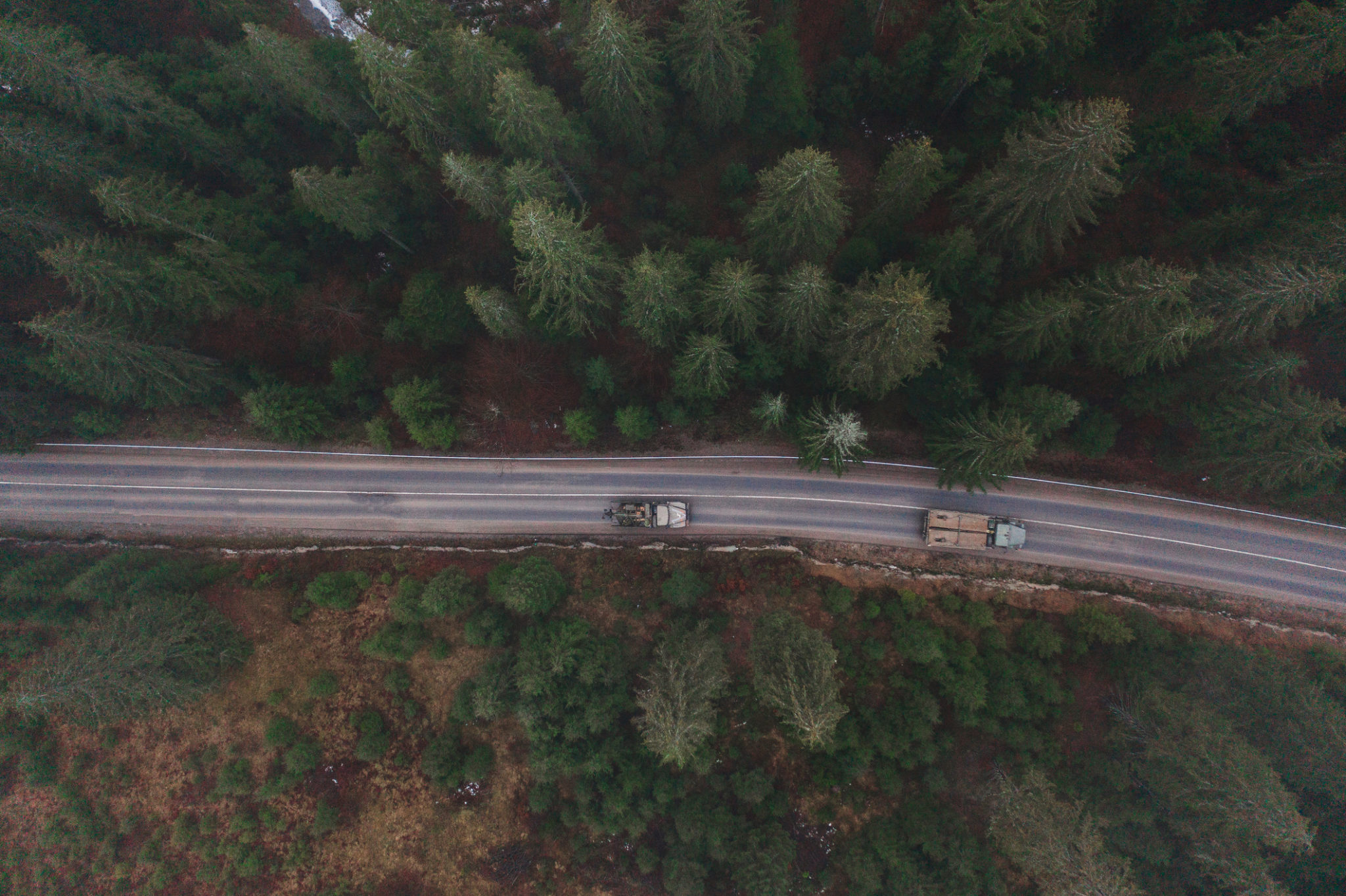[ad_1]
KUSHIRO, Japan — The dance of the red-crowned cranes commenced, an impromptu pas de deux.
The pair approached each other with a bow. They crossed back and forth, gliding up into the air and returning to earth with the effortless grace of parachutes. In a dramatic flourish, they spread their pristine white and jet-black wings wide and tilted their beaks to the arc of blue sky above.
As this elegant courtship ritual unfolded, Kazuhiko Yamazaki, a vegetable farmer, drove a large red tractor onto a snow-covered field on the northern Japanese island of Hokkaido. From a green rotating funnel he dispensed about 40 pounds of corn to more than 50 red-crowned cranes, a bird revered in Japan as a symbol of loyalty and longevity.
Just over half a century ago, when Mr. Yamazaki’s grandfather started sprinkling corn kernels from a metal bucket onto that same field, only about three dozen red-crowned cranes were left in all of Japan. But thanks to a decades-long effort led by local conservators and subsidized by the Japanese government, the number of red-crowned cranes in Mr. Yamazaki’s town, Kushiro, has swelled to about 1,900.
Last year, the bird — which appeared on the 1,000-yen note for nearly a quarter-century, serves as the logo of Japan Airlines and regularly features in artistic scrolls and New Year’s greeting cards — was reclassified as “vulnerable” from “endangered” by a worldwide conservation group. The new designation signals that the cranes are no longer at imminent risk of extinction.
Some ornithologists question whether the species can be declared safe, given that its natural population in China is still deeply imperiled and that the Japanese population relies almost entirely on human feeding. Across Asia, climate change is degrading the wetlands where the cranes find food, nest and raise their young.
Scientists worry that a disease outbreak in Kushiro could wipe out the heavy concentration of cranes in the area. A managed plan to reduce artificial feedings has driven many of the birds onto local farms, in some cases wreaking havoc on livestock food supplies and making other communities leery of hosting large numbers of cranes.
“We have been overly successful in some ways,” said Osamu Harada, chief ranger at a crane sanctuary in Tsurui, a village in the Kushiro area where a branch of the Wild Bird Society of Japan feeds hundreds of cranes twice a day.
“Our first stage of conservation was simply to increase the number,” Mr. Harada added. “But the second stage is to think about how we can help them to live on their own in nature.”
Kushiro residents have a self-interested reason for preserving the cranes: They are a considerable tourist draw. Before the pandemic, hundreds of thousands of visitors traveled to Hokkaido from the rest of Asia, Europe and the United States to ogle and photograph the birds.
Even with Japan’s borders still closed to international tourists, a feeding one recent day drew a lineup of domestic bird watchers to the Tsurui sanctuary. Wielding cameras outfitted with enormous telephoto lenses, they provided a soundtrack of rapid-fire shutter clicks as snow silently fell around the dancing cranes.
“If the cranes were to disappear from Tsurui village, it would be a big problem,” said Masahiro Wada, 66, a third-generation inn owner and photographic tour guide who recently opened a gallery where framed prints of his own crane pictures line the walls, some with asking prices of close to $1,200.
Records show that red-crowned cranes — named for the discs of red skin that gleam on the heads of adult birds — were plentiful throughout Japan during the Edo period, from the 17th to the 19th century. In that era, the cranes were kept as pets — as well as prepared as culinary delicacies — for the shoguns who ruled the realm.
During the latter half of the 19th century, commoners began to hunt the red-crowned cranes aggressively, and in the 20th century, construction and agriculture wiped out their wetland habitats. By the 1920s, there were fears that the cranes had gone extinct, until a handful were discovered in Kushiro, barely surviving in a large marsh.
The Japanese government began passing laws that prohibited the hunting of the red-crowned cranes and restricted construction in breeding areas. The ministry of culture designated the birds a natural monument in 1935.
Sadajiro Yamazaki, Mr. Yamazaki’s grandfather, was the first local resident to purposefully feed the red-crowned cranes after he spotted a few nibbling on corn originally intended for his dairy cows. A community effort to save the cranes gained momentum in 1952, when students at an elementary school in Tsurui started to sprinkle corn next to a playground every morning, a ritual that continues to this day.
By the early 1980s, Japan’s environment ministry was funding local groups that administered regular feedings, and the Hokkaido government was offering subsidies to individual landowners.
To Sayoko Takahashi, 75, the birds have become an indelible part of daily life after 25 years of backyard feedings with her husband. Dozens of cranes arrive each afternoon to wait for Ms. Takahashi as she drags a children’s snow sled bearing two large buckets of corn.
Sometimes, the cranes linger outside the house, peering into the picture window in their living room — especially, she is convinced, when she plays music by torchy Japanese ballad singers. “I joke that I can’t go anywhere because of them,” she said. “But if they don’t show up, I get concerned.”
She worries that no one will look after them once she and her husband, who suffered a stroke last year, are gone. None of their three adult daughters have shown interest.
Experts are working to ensure that the cranes survive any threat, including an outbreak of avian flu. The zoo and sanctuaries in Kushiro keep about 35 rescued cranes in captivity — some that spend their days pacing back and forth in small cells — in case an artificial breeding program is needed to replenish the population. Researchers freeze the corpses and organs of dead cranes to study and preserve their DNA.
The biggest focus, however, is a plan to nudge the cranes away from organized feedings and disperse them toward more natural sources of food in marshes and rivers across Hokkaido — a process that officials say could take a decade.
“That’s the No. 1 challenge,” said Kunikazu Momose, chairman of the Red-Crowned Crane Conservancy in Hokkaido. “We have to train these cranes to become more wild.”
In 2015, the environment ministry began curtailing the daily feeding volumes. The cranes then invaded local farms, helping themselves to corn feed intended for dairy cows or beef cattle.
Last year, Arata Oikawa, a dairy farmer in Tsurui, dumped 300 tons of corn silage, at a replacement cost of 10 million yen, or about $85,000, after dozens of red-crowned cranes pecked holes in the tarps covering the feed and caused it to mold.
“They are beautiful birds,” said Mr. Oikawa, 47, “but when I think about them in relation to my work, I don’t like them so much.”
Some local farmers have learned to live with their avian neighbors, but other communities are wary about attracting too many cranes.
In Naganuma, a town in western Hokkaido where cranes began showing up a few years ago, officials and farmers say they want to avoid a large influx of the birds. “Our hope is not for a lot of them to come to the area,” said Yoshikazu Kato, director of a local society aiming to “bring back” the red-crowned cranes.
Tamizo Nakamoto, 75, who with his wife, Akiko, 75, moved to the Kushiro area from Osaka almost three decades ago, said that the “worst thing for the crane environment are human beings.”
The couple have developed a private crane sanctuary on their 25 acres, digging wells to create ponds and spending half their pension on corn and frozen smelt to feed three crane couples that have returned daily year after year and produced 60 chicks.
On a recent afternoon, Mr. Nakamoto carried a metal pot filled with smelt to one of the ponds in front of the couple’s modest house. Spotting a crane couple, he began to wave his arms. One of the cranes, flapping its wings, reciprocated.
For a moment, it looked as if man and bird were dancing with each other.
[ad_2]
Source link






















